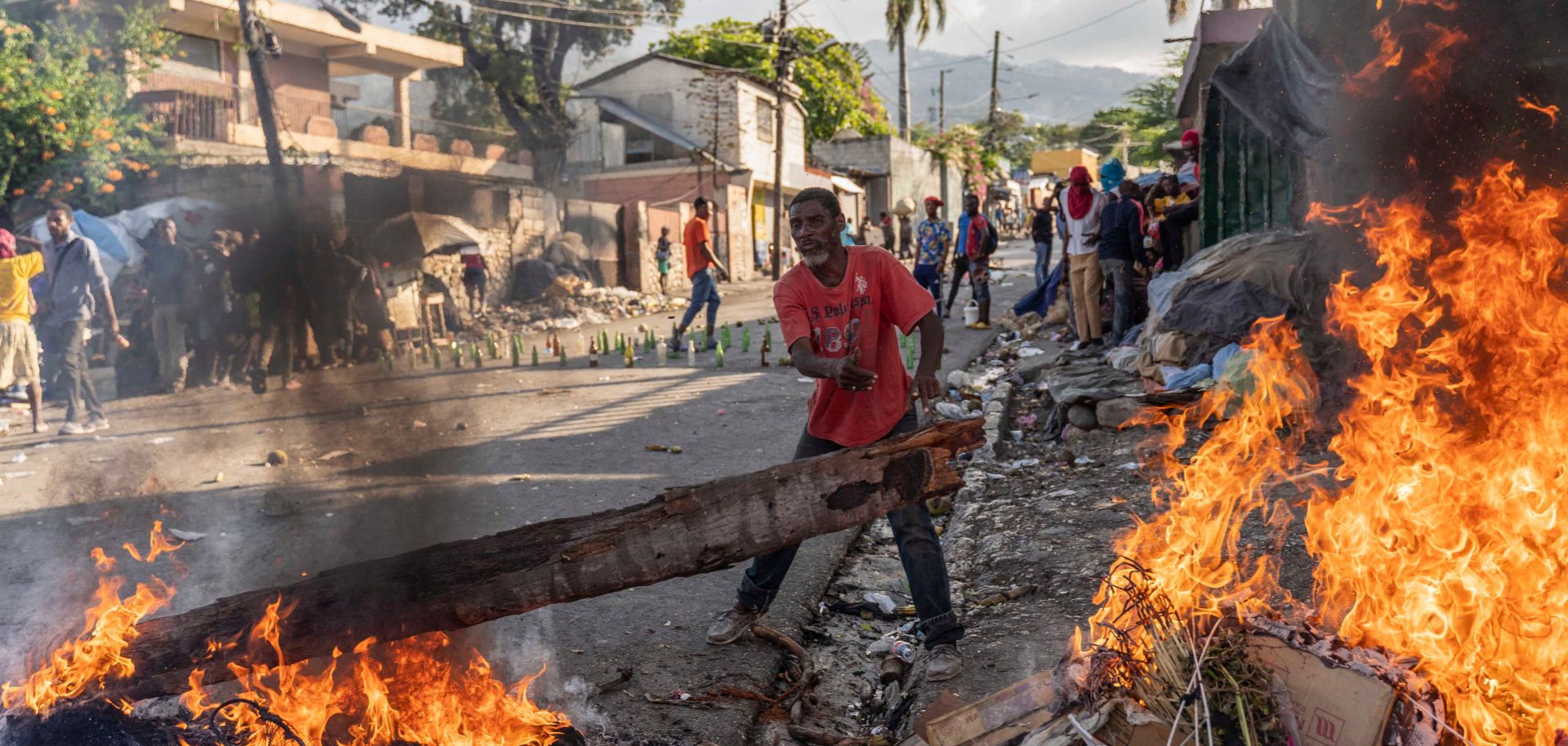Open access is crucial for self-reliance in science

A recent Nature editorial hailed India’s remarkable strides in the scientific domain, drawing parallels with its growing economic influence.
India’s Scientific Landscape:
- Impressive Growth: India’s scientific ecosystem has witnessed remarkable growth, now ranking third globally in research output and 11th in quality.
- Expanding Universities: The number of universities in India surged from 760 to 1,113 between 2014 and 2021, indicating significant expansion.
- Resource Challenges: Despite this progress, many institutions lack essential resources like advanced equipment and research literature.
- I-STEM Initiative: The I-STEM initiative aims to bridge this gap by cataloging publicly funded research facilities nationwide, enhancing accessibility for researchers.
Centralized Subscription Model:
- ONOS Proposal: The ‘One Nation, One Subscription (ONOS)’ initiative proposes a centralized subscription model for scientific journals, aiming to make them universally accessible to publicly funded institutions.
- Costly Access: Indian institutions annually spend ₹1,500 crore to access commercial journals and databases.
- Negotiations Underway: The government is currently negotiating ONOS agreements with major commercial publishers dominating the market.
Proposed Solutions:
- Open Access Trend: A growing fraction of articles is now available via Open Access (OA), with global OA publications increasing from 38% in 2018 to 50% in 2022.
- Global Policies: The U.S. released an updated OA policy in 2023, mandating immediate open accessibility of publicly funded research articles by 2025.
- Green Open Access: Every article authored by Indian researchers and funded by taxpayers’ money should be archived in publicly funded OA repositories, enabling global accessibility.
Future Directions:
- Self-Reliance in Publishing: India should strive for self-reliance in scientific publishing, creating a journal system without burdensome payment structures for authors or readers.
- Leadership Role: India has the opportunity to lead the global south by developing and sharing digital public infrastructure for cost-effective, high-quality scientific publishing.
An overview of the AMRUT scheme

- Growing Urban Population: Approximately 36% of India’s population resides in cities, projected to exceed 50% by 2047.
- Infrastructure Funding Requirement: The World Bank estimates a need for around $840 billion over the next 15 years to meet the basic urban infrastructure needs.
AMRUT Scheme Overview:
- Mission Coverage: The AMRUT scheme targets 500 cities and towns with populations over one lakh and notified municipalities.
- Financial Outlay: AMRUT’s initial phase had a ₹50,000 crore allocation for five years (FY 2015-16 to FY 2019-20). AMRUT 2.0 has a total outlay of ₹2,99,000 crore.
- Objectives: The mission aims to provide households with tap water supply, sewerage connections, enhance green spaces, and promote sustainable transport.
AMRUT’s Reality Check:
- Water and Sanitation Crisis: Inadequate water, sanitation, and hygiene contribute to an estimated 2,00,000 deaths annually. Many major cities face groundwater depletion and insufficient water supply.
- Air Quality Concerns: Air quality in urban areas, including AMRUT cities, continues to deteriorate, prompting the launch of the National Clean Air Programme in 2019.
Challenges and Failures:
- Misaligned Approach: The scheme’s project-oriented rather than holistic approach and limited participation of elected city governments hinder effective implementation.
- Bureaucratic Control: Ownership of the project primarily rests with bureaucrats, parastatals, and tech companies, sidelining elected representatives.
- Constitutional Violations: Lack of involvement of elected representatives violates the 74th constitutional amendment, which emphasizes decentralized urban governance.
- Need for Adaptability: Water management strategies must consider local climate, rainfall patterns, and existing infrastructure for effective implementation.
Recommendations for Improvement: The scheme should integrate nature-based solutions and adopt a people-centric approach, empowering local bodies for better outcomes.
Why does instability and chaos persist in Haiti?

Current Situation in Haiti:
- Airport Reopening: Following a three-month forced closure, Haiti’s primary international airport in Port-au-Prince has reopened, raising hopes for the transportation of essential goods.
- Persistent Gang Violence: Despite efforts to address gang demands, gang violence continues to plague the capital, Port-au-Prince.
Efforts for Stability:
- Formation of Council: Prime Minister Ariel Henry’s resignation led to the establishment of a Council comprising seven members, tasked with restoring order, forming a national security council, and appointing an electoral commission for conducting polls.
- Regional Support: The Council receives support from Caribbean countries and the U.S., with Caricom, a Caribbean trade bloc, playing a role in its formation.
- Council Divisions: However, divisions exist within the Council, evident during the selection of a Prime Minister, with four of the seven members supporting Mr. Bélizaire.
Factors Driving Gang Violence:
- Influence of Former Prime Minister: Gang violence was partially fueled by the control exerted by former Prime Minister Henry, and his resignation was expected to mitigate violence.
- Escalating Violence: UN estimates reveal a staggering rate of gang-related killings, with more than one person being killed every hour in the first three months of 2024.
- Humanitarian Concerns: Approximately 1.6 million Haitians face severe food insecurity, compounded by the threat of waterborne diseases during the expected monsoon season.
Challenges and Future Outlook:
- Political Fragility: The internal divisions within the transitional Council underscore the fragile political landscape of Haiti.
- Persistent Insecurity: Ongoing gang violence poses a significant threat to efforts aimed at restoring law and order, perpetuating a cycle of insecurity.
- Concerns Over Security Deployment: The deployment of UN-backed security forces, predominantly Kenyan police, raises concerns about potential human rights violations and exacerbating tensions.






